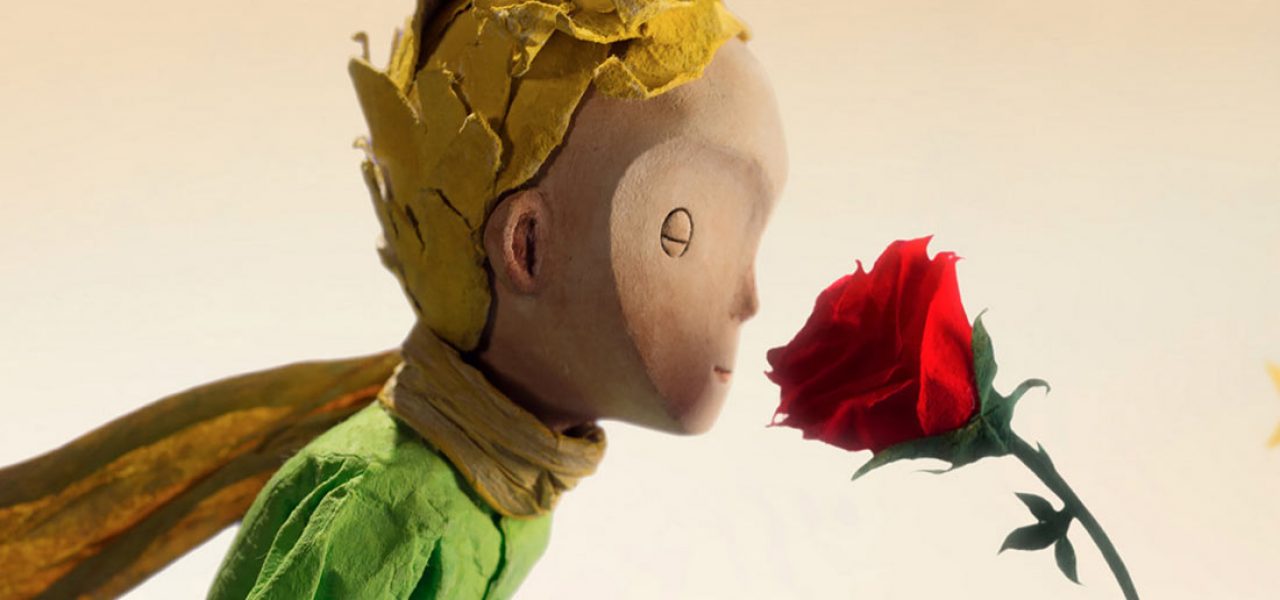
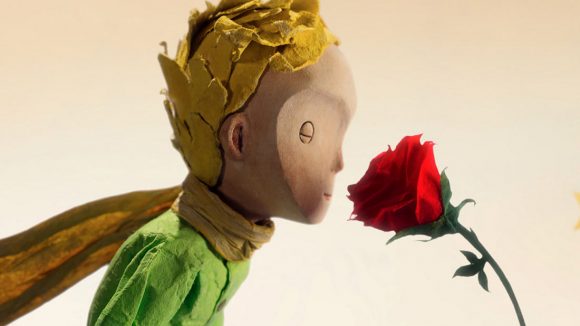
Interview: Mark Osborne’s Personal Journey On ‘The Little Prince’
Mark Osborne’s The Little Prince is finally getting its U.S. release today—on Netflix.
It’s been a long road for the hybrid stop-motion/CG film. If you’ve been following the career of Mark Osborne over the last few years, you’ll know the director put his heart and soul into his version of The Little Prince. Backed by a consortium of French production partners, including ON Animation Studios, Onyx Films, and Orange Studio, Osborne’s film grossed nearly $100 million globally and won the 2015 César (France’s equivalent of the Oscar) for best animated feature.
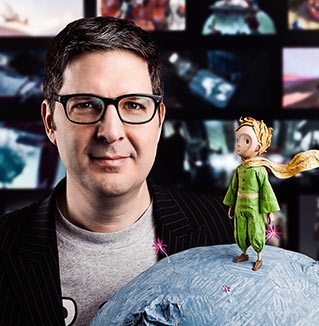
Paramount was set to release the film domestically in March of this year before suddenly dropping the picture. Now Netflix has the distribution rights and will stream The Little Prince to its 47 million U.S. subscribers. Additionally, in Los Angeles and New York, Netflix is giving The Little Prince a theatrical run starting today, in part so that the film can complete its qualification process for the Academy Awards.
Cartoon Brew spoke to Osborne about how this very personal feature got off the ground, how he nearly didn’t make it, and the creative difference of working in stop-motion versus computer animation.
The long road to The Little Prince
Osborne hit it big early in his animation career with an Oscar nomination for his short film More and another nom for DreamWorks Animation’s Kung Fu Panda. The director left DreamWorks after Panda with what he says was “a naive hope that I could get projects up and running very easily and push the boundaries of animation. I wanted to do projects that were in the $40 to $50 million range which were maybe a little darker and more challenging and more grown up.”
The director went back to his independent filmmaking roots, finding the process of financing a tough one. Then a group of French producers approached Osborne for help in crafting an animated adaption of Antoine de Saint-Exupéry’s beloved classic, The Little Prince. “They had convinced the estate that they could make an animated feature but they didn’t know what to do or how to go about it,” said Osborne.
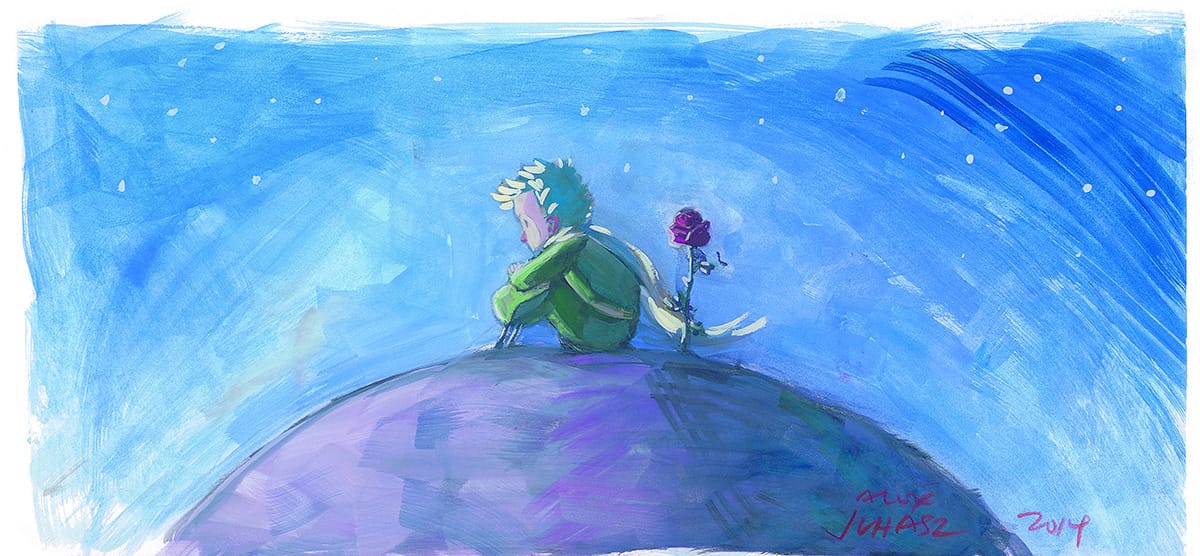
He says he said no to making a film of the book, partly because of how deeply he knew the material. In fact, Osborne felt the book, which is about a young prince who has fallen to Earth from an asteroid and offers philosophical advice to a pilot stranded in the desert, was almost too close to him personally. “My wife had even given me the book back when we were first dating more than 25 years ago. The book had become an important part of our relationship and our life. That meant when I was asked if I could make a movie out of it, I was like, ‘No way!’ It’s too big, too important.”
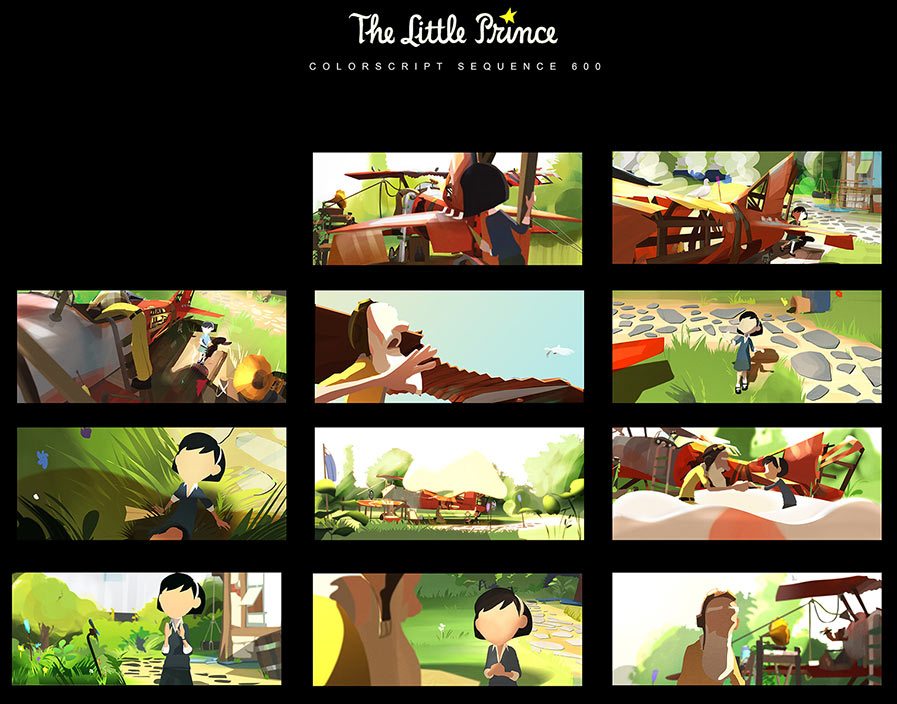
Another issue he had was whether he could bring anything new to such a famous story. There had been illustrations and cartoon versions of the The Little Prince for many years and the director felt that everyone already had an idea in their minds of what the film would be.
But Osborne soon had a revelation about how The Little Prince might work as a movie. “I thought maybe there’s a way to make the movie about the power of the book and not just the book itself,” he explained. “We went down the road of telling a larger story that’s really about how the book can change your life. That was the big idea I threw out to the producers. And they said they loved it, but then said, ‘So what’s the big idea?’ And I said, ‘I have no idea!’”

Luckily, Antoine de Saint-Exupéry’s estate saw merit in Osborne’s general approach, and gave their blessing to a film that was more a tribute to the book than a re-telling. It still took Osborne about nine months to crack the pitch and work out the core ideas, especially convincing people how he was going to represent and distinguish between reality and the world of imagination.
“I was banging my head against a wall daily in CG”
In order to create both worlds, while remaining an independent production, Osborne began production in Paris before overseeing two different studios in Montreal. One was a CG studio (formed via a partnership between Mikros Image Canada and TouTenKartoon) and the other a stop-motion studio (headed by Dragonframe co-creator Jamie Caliri). Working in both mediums was a challenge for Osborne, initially with the CG side.
“I was banging my head against a wall daily in CG because I’m making decisions out of context,” admitted Osborne. “You’re constantly looking at say a spoon in one meeting, and in another meeting you’re looking at the color the spoon will be, and then in another meeting you’re looking at the table where the spoon is going to fit. You beg to have all the pieces in one place, and sometimes you can’t—for months—until finally it’s like, ‘Oh my God, the spoon is on the table!’ It’s the most exciting thing.”
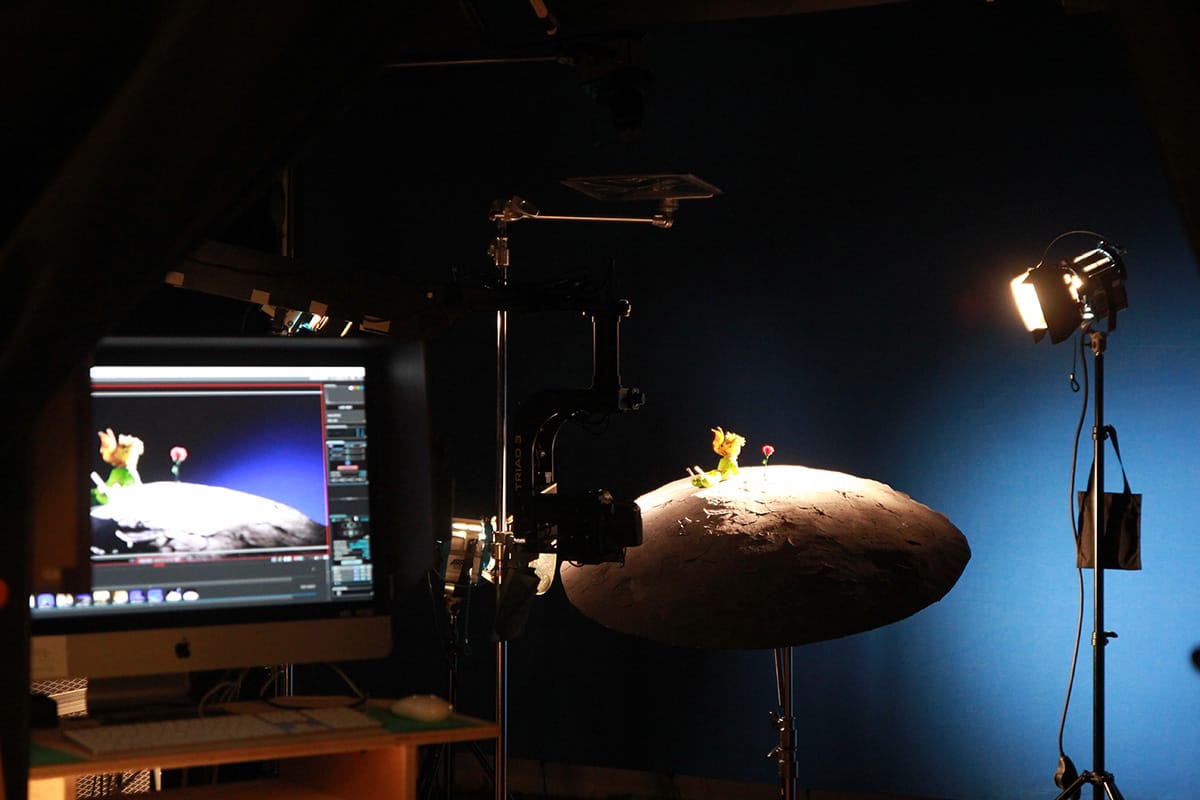
The stop-motion side, which dealt directly with the well-known characters of The Aviator, The Fox, and The Little Prince, provided more immediacy, since the scenes were there in front of the camera. “There’s a hell of a lot of work that goes on before that, of course,” says Osborne, “but that’s why I fell in love with stop-motion so many years ago—you really have the results right there and you can judge the material right away. I would be working in CG and then sometimes I’d go over to the stop-motion crew just to be reminded of what we were actually doing. You could just see such physical results, things you could hold in your hand. You could smell the hot glue and the paint, not only did it remind me of why I used to make films but it also reminded me that what we were doing had a result.”
Evoking the Spirit
Osborne was conscious that his version of the Little Prince character had to evoke the memory of the book in the minds of his audience. But, he says, the character has in fact been represented many times in differing ways in various book illustrations and in animation. In the end, this new interpretation was about connecting with the spirit of the book. And one way that was achieved was by making everything in stop-motion out of paper.
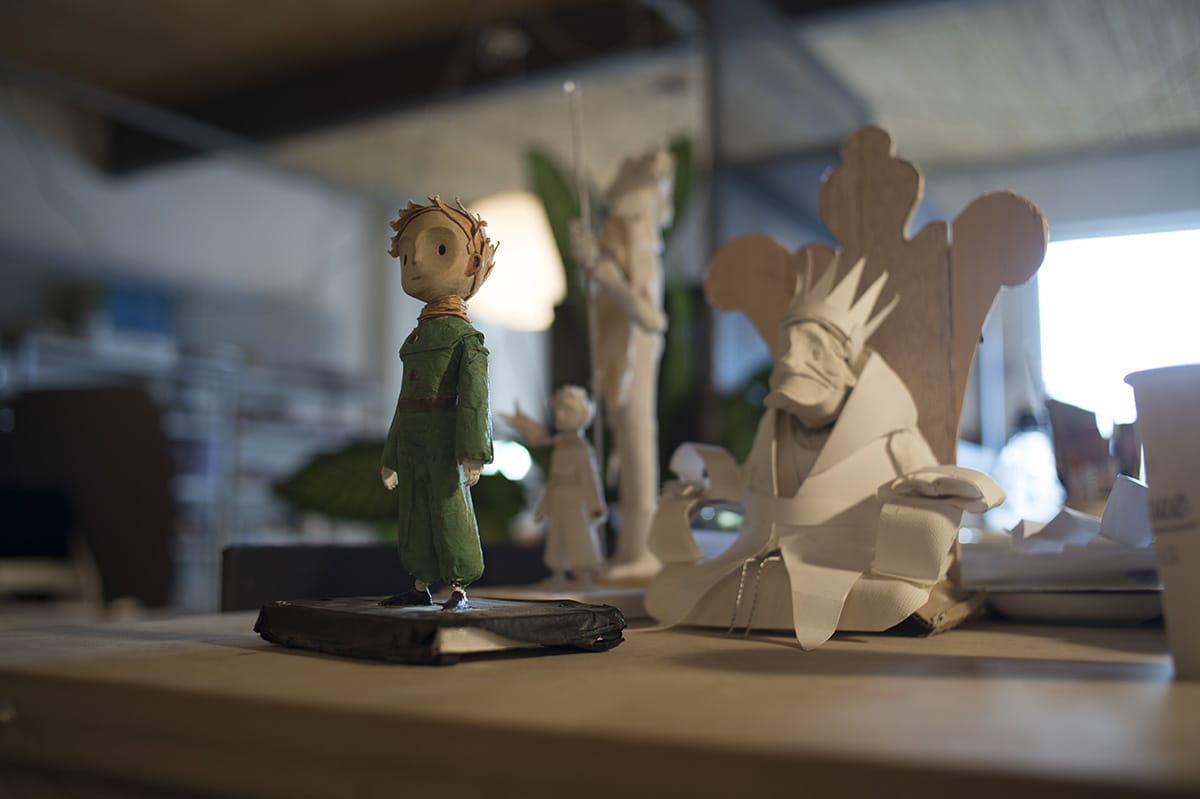
That meant that even items such as grass and The Little Prince’s scarf and the fox’s tail would be paper—all of which would need to blow in the wind. The animators devised a way to put a tiny piece of wire in the edges of the scarf, for example, so that they could keep the scarf paper without having something plastered underneath it.
Light shining through the paper also gave what Osborne describes as a ‘magical’ quality. “I honestly didn’t even think that was possible!” said Osborne. “I wanted to be as connected to paper as we possibly could because that was the linking element between the CG and the stop-motion.”
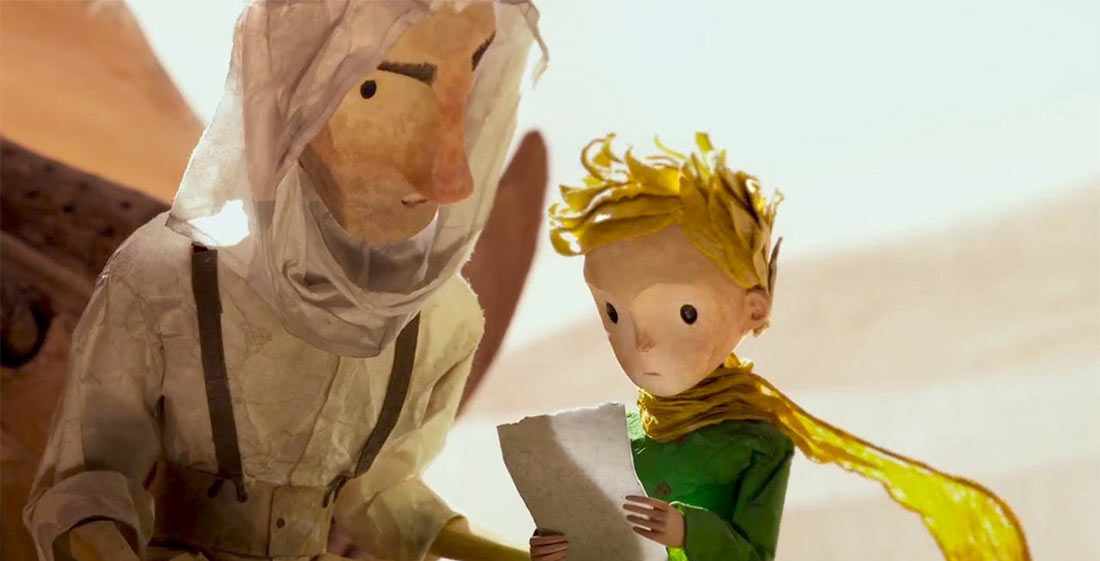
Meanwhile, Osborne cast The Little Prince with several notable actors, among them Jeff Bridges, Marion Cotillard, James Franco, Rachel McAdams, and Mackenzie Foy. The director’s own son, Riley, became the voice of The Little Prince ‘almost by accident.’
“I was in Paris with my family and I brought them into the recording booth and Riley was reading for The Prince and my daughter read The Girl and wife was The Mother and I played The Aviator,” said Osborne. “At the time I felt like something magical was happening; it would just keep working when we test screened it. It’s such a personal project—the fact that my wife gave me the book and now my son is the voice—it’s almost too bizarre!”

.png)